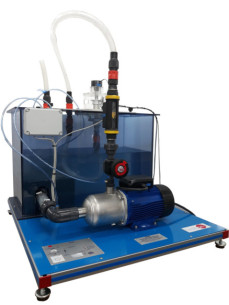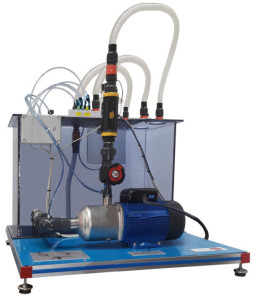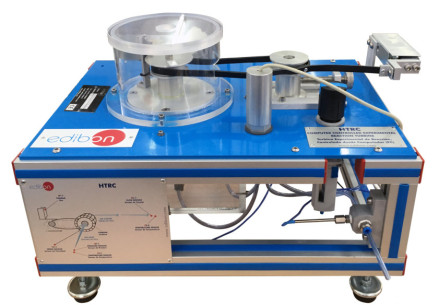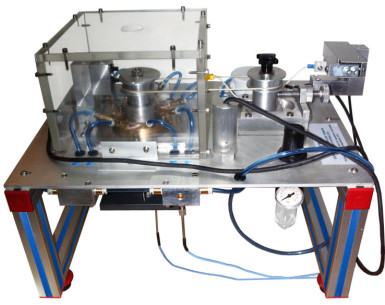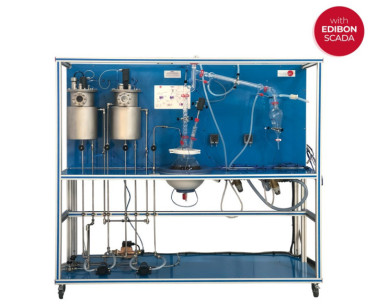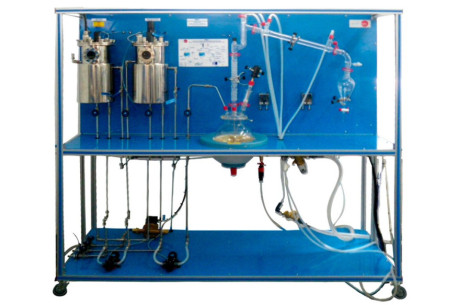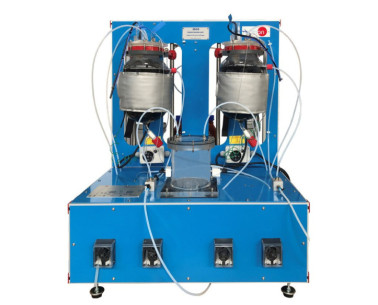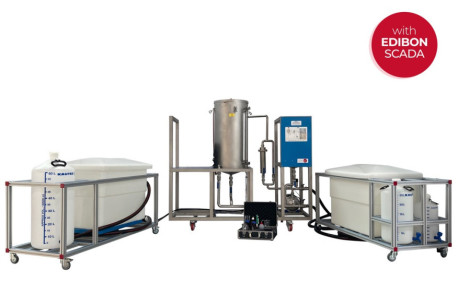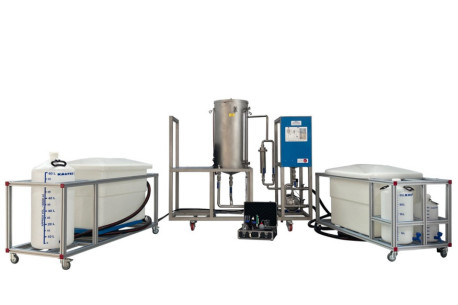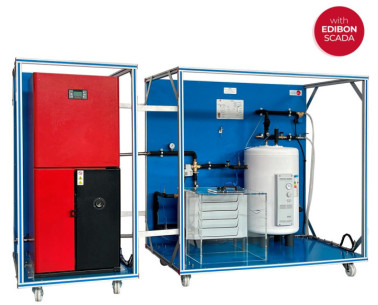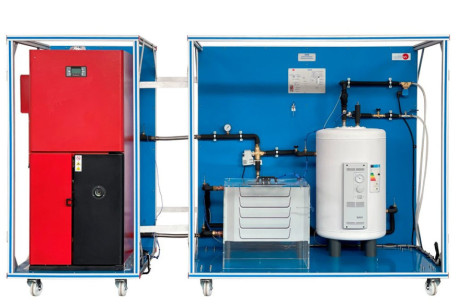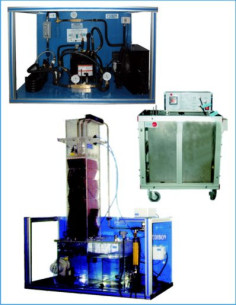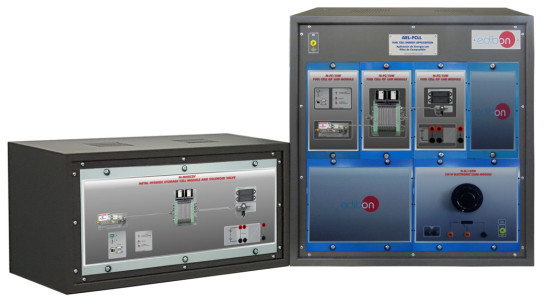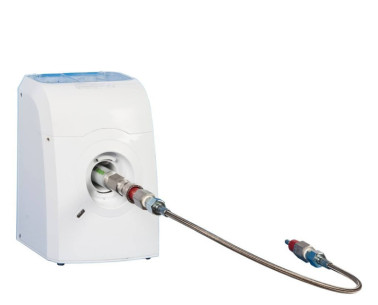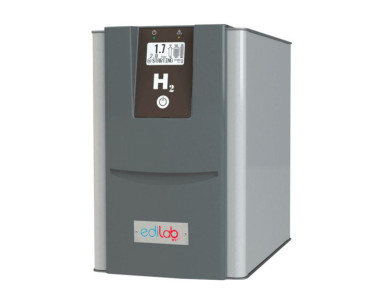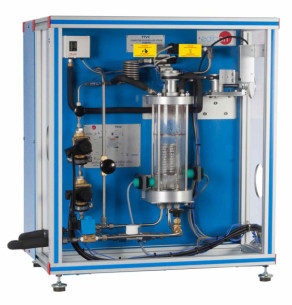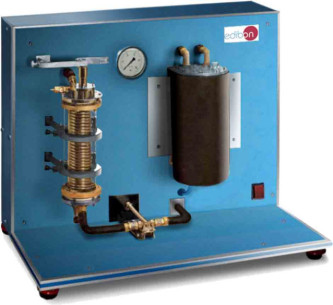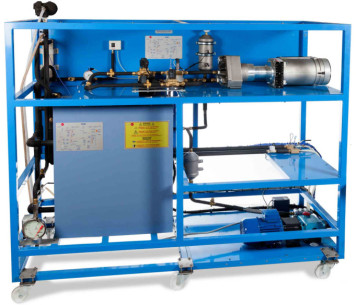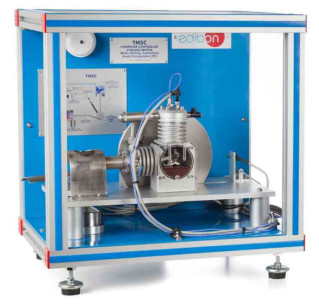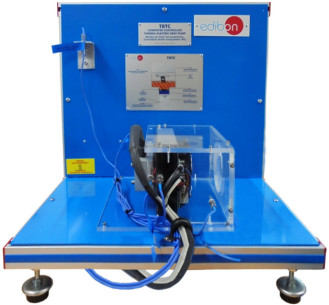
NEW Energy leaflet
With our complete Energy area, EDIBON gives answer to the academic demand for teaching and learning concepts of Energy, in an easy and practical way.
Download
EDIBON and its commitment to European Skills
At EDIBON, we are committed to strengthening skills as a strategic pillar for the competitiveness and social well-being of the European Union. Proper training not only boosts the economy but also(...)
Read more
Recycling and energy storage systems
The shift towards electric vehicles (EVs) has gained considerable momentum worldwide, promising a reduction in greenhouse gas emissions and a path to a more sustainable future. However, as the(...)
Read more
Laboratory supported by Official College of Technical Industrial Engineers (Spain)
At EDIBON, we reaffirm our commitment to the advancement of clean and renewable energy, with a special focus on green hydrogen as a key driver for a more sustainable future. We are proud to have(...)
Read more Cookie preferences
Cookie preferences

